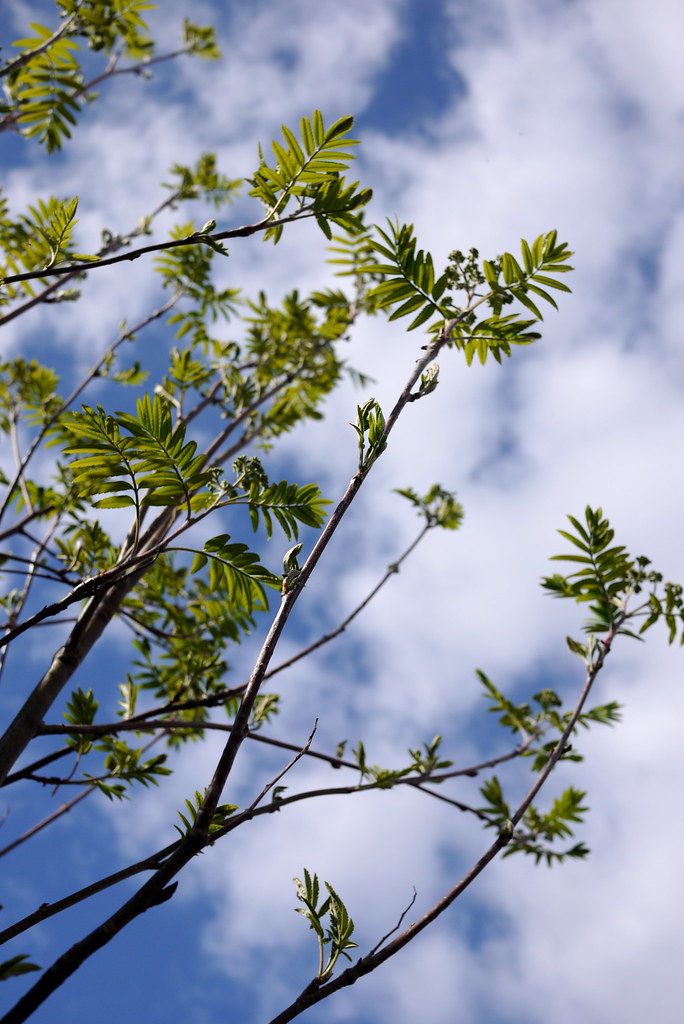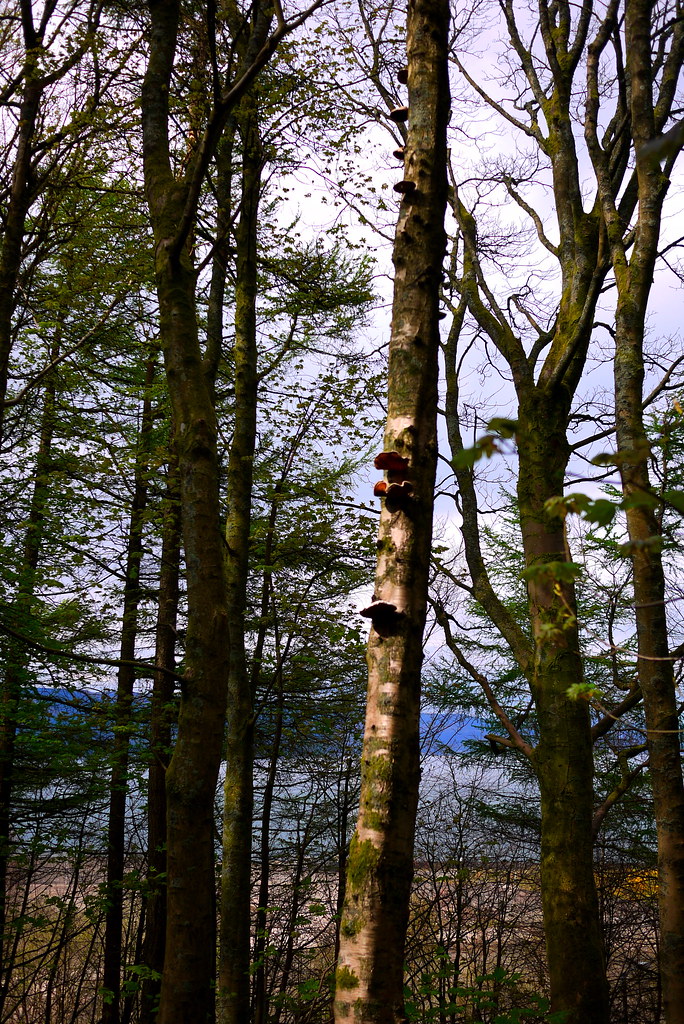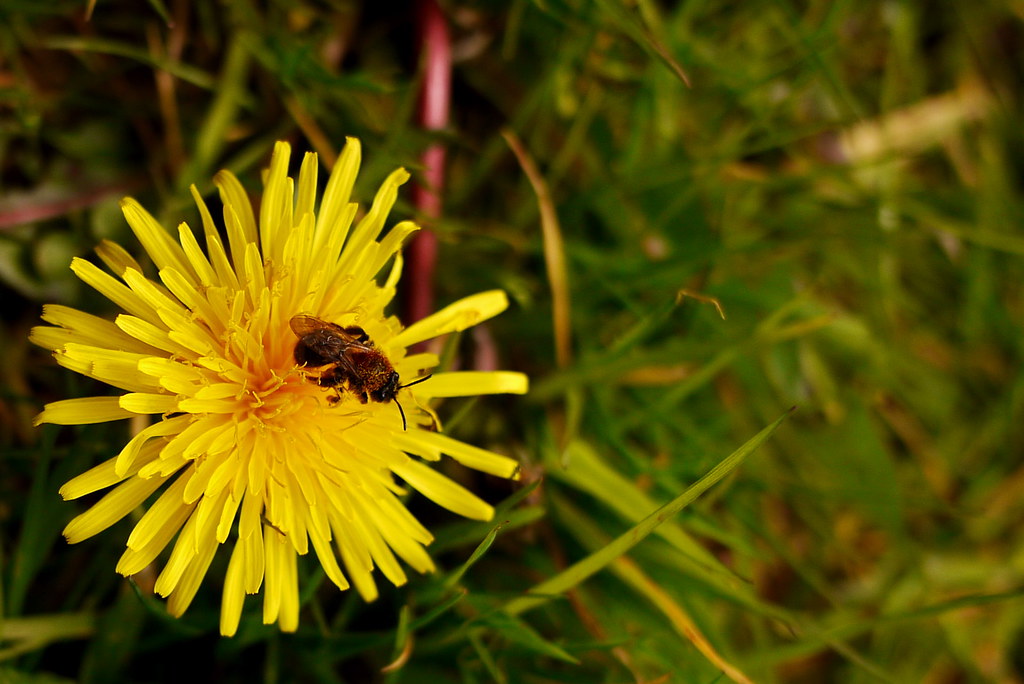Of all the different kinds of reconstructionists out there, Celtic Reconstructionists have the dubious honour of having the least amount of hard evidence to work on when it comes to belief and ritual. Obviously this means that when it comes to "filling in the gaps" we have some pretty big ones to fill, and because of this some folks might dismiss Celtic Reconstructionism as being possible at all.
Naturally I, and many others, disagree. Yes there are gaps. Yes, when it comes to explicit pre-Christian "how to manuals" that have miraculously survived intact over several millennia, we're shit out of luck, quite frankly. Contrary to what some people say...
That doesn't mean that we have nothing to go on; it just means we have to look a bit harder. Given the nature of what "Celtic culture" really is - an umbrella term for a variety of sub-cultures, all with different languages, gods, myths and even expressions of belief and worship - it's not just a simple matter of coming up with one monolithic reconstructionist anything. Likewise, Celtic Reconstructionism is an umbrella term. What applies to Gaulish Polytheists doesn't necessarily apply to Brythonic Polytheists, although in many ways they arguably have a lot more in common with each other than perhaps either of them do with Gaelic Polytheists.
For each different culture, the gaps are different. A lot of headway has been made with reconstructing the Gaulish language in the past few decades, and thanks to the Romans there are several hundred deities recorded on Gallo-Roman altars and the like. Brythonic Polytheists have Romano-British altars they can refer to, and unlike the Gaulish Polytheists, they also have Welsh myths and early poetry like Y Gododdin they can refer to - albeit with a host of problems that come with those myths. Folklore can provide the possibility of a rich vein of survivals, too. I will leave it to the experts to carry on down those avenues, though; I'll stick to what I know from here on in...
For Gaelic Polytheists we have language, myths and survivals in folklore as well, not forgetting archaeology. The literature is not without its problems - by any stretch of the imagination - but it does give us an idea of the who the gods are, and we can find evidence of belief and practice in them too: The three realms, blessings, the festival calendar and the Bealtaine fires, all of this and more. We even have descriptions of some kinds of rituals, and in some cases we have descriptions of rituals performed in relatively recent times (e.g. the taghairm), which bear a striking resemblance to rituals described in earlier sources (e.g. the tarb-feis). Likewise, there are modern prayers and charms that also bear a striking resemblance to those recorded a thousand years (or more) earlier.
In spite of the problems any of us might have in the process of reconstructing, there's more for us to work with than some might give us credit for (in terms of ritual, I've had a stab at putting together some of the ritual elements we can glean from the sources, and Treasa and I did a more general look at ritual as well). Inevitably, though, there are gaps. For one, we don't have a creation myth - if ever there was just
one (I'm not convinced...for Ireland alone, not to mention other Celtic cultures).
Sometimes, in these cases, looking to other cultures can help give us an idea of what we can look for in the sources. With an idea of Indo-European creation myths we can look for evidence in Irish myth to see if we can find anything. This is what I did in the creation myths article I finished last year, and to be honest, as articles go it's one I'm least happy with. Certainly there are Indo-European (or PIE) elements to be seen in Irish myth, but with hindsight the process of simply digging out I-E elements and using that to cobble together something of a picture was the wrong approach. It's all well and good to pick those bits out and confirm that there are indeed elements that seem to show the presence of common I-E creation motifs, but I think the problem ended up being that it meant that I failed to fully consider the myths on their own terms - in their own context, appreciating all of the nuances that make them
Irish myth, rather than Indo-European. I ended up speculating about creation myths as a way of confirming an Indeo-European view, rather than a specifically Irish one. If I did it over again, I would change an awful lot. I'm still thinking about scrapping the whole thing, really.
When it comes to "filling in the gaps," we can't forget the roots of what we're doing. If we simply look to confirm the presence of I-E elements then it can end up with us forcing a foreign framework onto the evidence we have to hand. If we add in elements from other cultures - even other Celtic ones - to flesh things out, then - again - what we end up with is not where we started. Taking a bit of Irish, a bit of Welsh, Brythonic and Gaulish practice and building our practices on that may be fulfilling, may be recognisably Celtic in the general, but can it be said to be reconstructionist? Is it rooted in what we can glean of historical practice, or is it creating something new from a rich buffet of Celtic elements? Although it references historical practices, it doesn't represent a picture of what was, or what may have been. That's not "filling in the gaps."
Likewise, if we plug in a heathen blot or symbel and fancy it up with Gaelic terms (for example) does it make reconstructionist ritual? How about if we take the idea and wonder if, perhaps, types of ritual feasting are evidenced in Ireland? In that case we'll find that yes, it is. We see evidence of it in Irish myth and it's backed up by archaeological evidence that can even tell us when these feasts might have taken place - the age of the animals killed and eaten gives us an idea of the time of year. So the idea that some sort of
fled (or feast) being a good addition to a group practice is certainly an avenue to explore. By looking at the Irish evidence, that is.
So it can be useful to look to other cultures as a reference point, to get an idea of what we should (or could) be looking for, perhaps, but at the same time it should only be the starting point, a possible avenue of inspiration. Just one of the bricks that makes a sturdy building, rather than the foundation, say.
There are some who argue that we need to look to other cultures to fill in the gaps, using that as justification to add in elements of practice from elsewhere. I have to disagree that such is necessary or even desirable. We don't
need to add bits in from other cultures in order to fill in the gaps. We have plenty to go on from within, if only we'd look; we have a whole continuum of thousands of years to look to. Of course none of the sources by themselves are perfect, but we can use a bit of common sense and careful research to build an educated view of something workable. If we choose to add things in from elsewhere anyway, and insist that what we are doing is still rooted in the one culture, then are we being entirely honest with ourselves?







